Nationality German | Role Physicist Name Eugen Goldstein Awards Hughes Medal | |
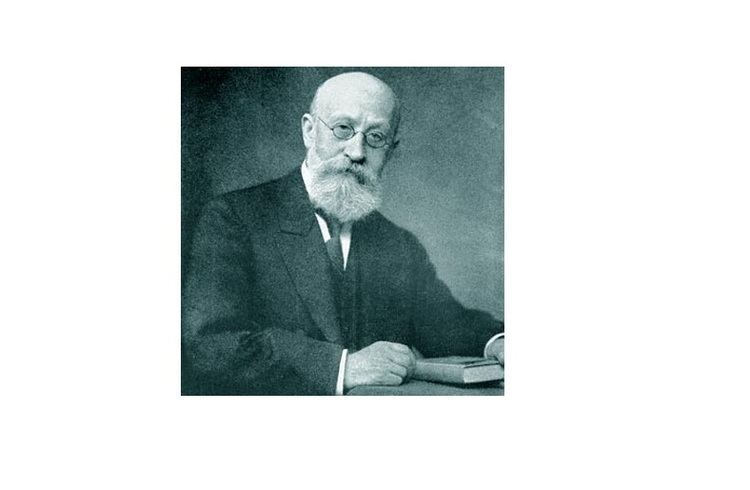 | ||
Parents Bertha Goldstein, Julius Goldstein Similar People William Crookes, James Chadwick, J J Thomson, Julius Plucker, Johann Wilhelm Hittorf | ||
Anode rays experiment by sir eugen goldstein
Eugen Goldstein (5 September 1850 – 25 December 1930) was a German physicist. He was an early investigator of discharge tubes, the discoverer of anode rays, and is sometimes credited with the discovery of the proton.
Contents
- Anode rays experiment by sir eugen goldstein
- Modelos atomicos parte 6 eugen goldstein
- Life
- Work
- References
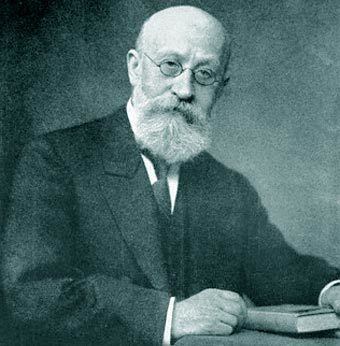
Modelos atomicos parte 6 eugen goldstein
Life
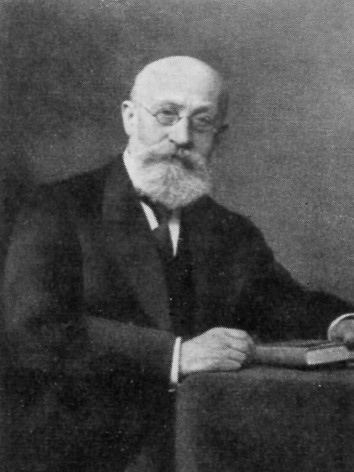
Goldstein was born in 1850 at Gleiwitz Upper Silesia, now known as Gliwice, Poland. He studied at Breslau and later, under Helmholtz, in Berlin. Goldstein worked at the Berlin Observatory from 1878 to 1890, but spent most of his career at the Potsdam Observatory, where he became head of the astrophysical section in 1927. He died in 1930 and was buried in the Weißensee Cemetery in Berlin.
Work
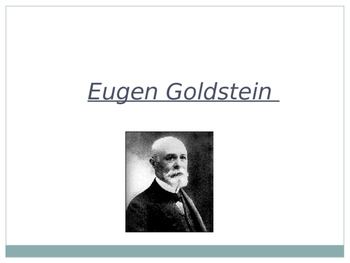
In the mid-nineteenth century, Julius Plücker investigated the light emitted in discharge tubes (Crookes tubes) and the influence of magnetic fields on the glow. Later, in 1869, Johann Wilhelm Hittorf studied discharge tubes with energy rays extending from a negative electrode, the cathode. These rays produced a fluorescence when they hit a tube's glass walls, and when interrupted by a solid object they cast a shadow.
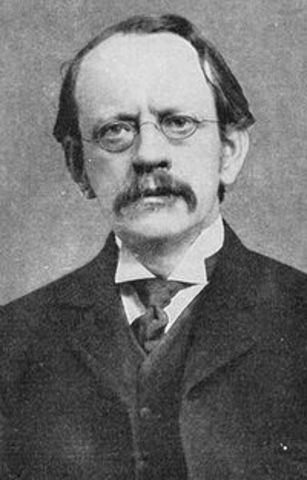
In the 1870s Goldstein undertook his own investigations of discharge tubes, and named the light emissions studied by others Kathodenstrahlen, or cathode rays. He discovered several important properties of cathode rays, which contributed to their later identification as the first subatomic particle, the electron. He found that cathode rays were emitted perpendicularly from a metal surface, and carried energy. He attempted to measure their velocity by the Doppler shift of spectral lines in the glow emitted by Crookes tubes.
In 1886, he discovered that tubes with a perforated cathode also emit a glow at the cathode end. Goldstein concluded that in addition to the already-known cathode rays, later recognized as electrons moving from the negatively charged cathode toward the positively charged anode, there is another ray that travels in the opposite direction. Because these latter rays passed through the holes, or channels, in the cathode, Goldstein called them Kanalstrahlen, or canal rays. They are composed of positive ions whose identity depends on the residual gas inside the tube. It was another of Helmholtz's students, Wilhelm Wien, who later conducted extensive studies of canal rays, and in time this work would become part of the basis for mass spectrometry.
The anode ray with the largest e/m ratio comes from hydrogen gas (H2), and is made of H+ ions. In other words, this ray is made of protons. Goldstein's work with anode rays of H+ was apparently the first observation of the proton, although strictly speaking it might be argued that it was Wien who measured the e/m ratio of the proton and should be credited with its discovery.
Goldstein also used discharge tubes to investigate comets. An object, such as a small ball of glass or iron, placed in the path of cathode rays produces secondary emissions to the sides, flaring outwards in a manner reminiscent of a comet's tail. See the work of Hedenus for pictures and additional information.
